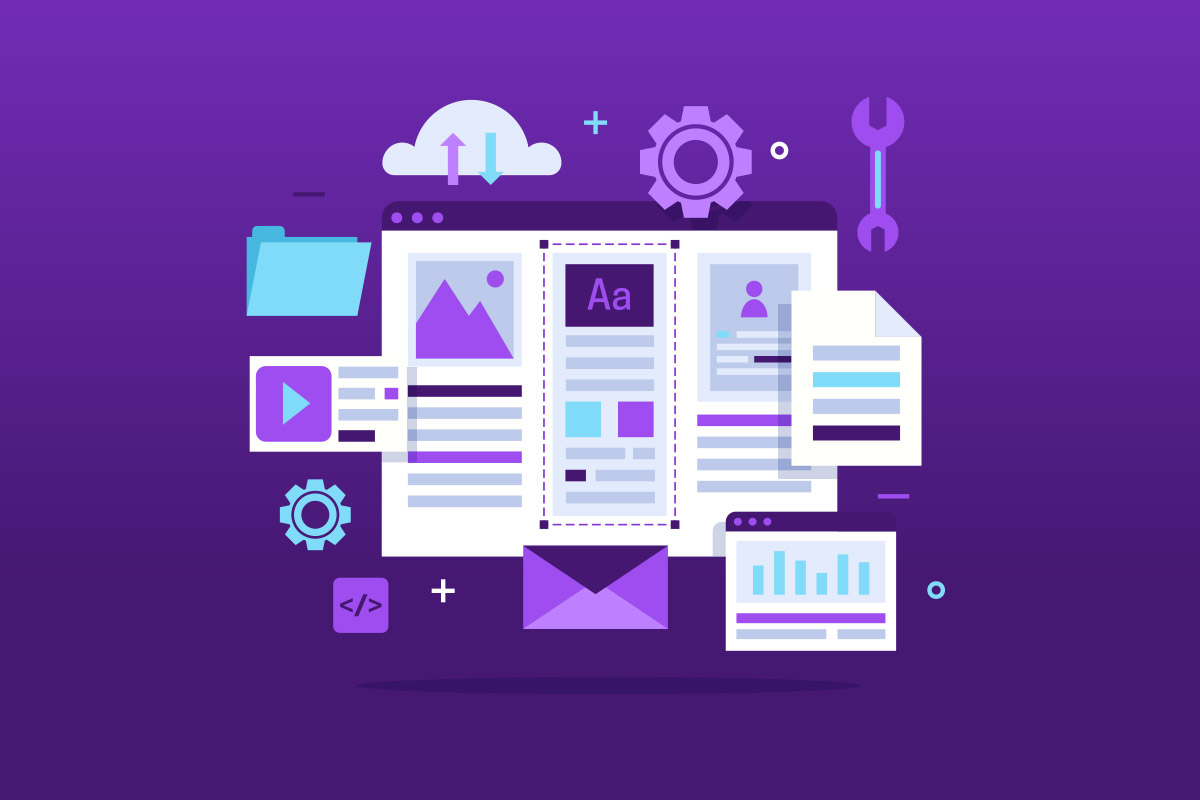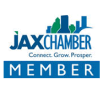First, let the concept of a Content Management System be explained. This can be defined as a tool that enables the creation, management and modification of content on a website or web application without the need for technical knowledge. Hence, a separate platform need not be individually built for the creation of web pages, storage of medias along with other functions. A CMS handles all these for a person or company which requires the development of a website or online application. With that outline, a Headless CMS is a back end only content management system (CMS). That is, it covers only the content and not where they are placed and how they are placed.
In more precise terms, a Headless CMS content repository that makes content accessible via a RESTful API or GraphQL API for display on any device. It is separated from the front-end of a website or web app that can include the design, pages, server, and more. This is in contrast to a Traditional CMS such as Drupal or WordPress where the content and the design are combined on the same platform. Hence, content created on a Traditional CMS can be meant only for a specific platform or model such a website, page or application.
A Headless CMS has an interface to manage content and a RESTful or GraphQL API to deliver content wherever required. With this, content needs to be created only once, to be shared on any platform of choice; be it a website, a web application or a mobile application. Web developers and/or website designers can independently create any design they want, including different designs for individual pages.
Reason Behind the Term ''Headless''
The ''head'' relates to where content/features are published, and the ''body'' is where content is stored and authored. ''Head'' refers to the platform (website/page/application) and content refers to the database/server where the content is stored. A Headless CMS is named this away as content built with it does not have a specific ''head'' or ''destination of publishing''. Actually, content posted using a Headless CMS can have multiple heads.
How Does a Headless CMS work?
Most Headless CMSs are offered as a Software as a Service (SaaS), meaning. Hence, users of this CMS will have to log into a third-party web application. The related APIs are hosted in a cloud-based backend. However, there are some Headless CMSs that let users host the whole solution on independent servers as well as databases. There are two main steps in the working of a Headless CMS.
- An interface to post and manage content
- Content is provided via APIs for developers to query and build applications.
Benefits of a Headless CMS
- Single Content for Multiple Channels- Content on Headless CMS aka Monolithic CMS can be published on multiple channels. That is, it will not be limited to a single website or application.
- Flexibility- Full control will be available on the appearance and placement of content. As the design (back-end) is separated from this CMS, developers/designers are free to create any design as desired.
- User-Friendly- Content delivered via API is easier to maintain and distribute, and it's easier to edit for non-technical people
- More Scalable- This is the main advantage of separating the back end from the front-end. if the back end has any performance issues or needs maintenance, it won't create any downtime to the website's or compromise its performance.
- Easier-to-Use- With a Headless CMS, content can be more easily created and managed. It is purely for storing content and can be used by anyone with access to the interface.
There are more advantages which would need face-to-face discussion and/or a customized understanding of your requirements. Reach out to us for this. SGS Technologie is web development company headquartered in Jacksonville (Florida) with nearly two decades of experience. We have developed high-performing and secure websites as well as web apps for clients from multiple industries, along with government agencies. Our team has subject matter expertise in various Headless CMSs that include but are not limited to Butter CMS, Contentstack, DoctCMS, Mura, Strapi, and more.
Contact us today through direct visits, phone and/or email for discussing more. We also have offices in Tallahassee (FL), Tampa (FL), and Frisco (TX).

<script type="application/ld+json">
{
"@context" : "http://schema.org",
"@type" : "Article",
"name" : "Advantages of a Headless CMS",
"author" : {
"@type" : "Person",
"name" : "majestic"
},
"image" : "https://www.sgstechnologies.net/sites/default/files/2022-03/custome-software-development.jpg",
"articleSection" : "First, let the concept of a Content Management System be explained. This can be defined as a tool that enables the creation, management",
"articleBody" : "and modification of content on a <A href=\"https://www.sgstechnologies.net/services/website-development\">website or web application</A> without the need for technical knowledge. Hence, a separate platform need not be individually built for the creation of web pages, storage of medias along with other functions. A CMS handles all these for a person or company which requires the development of a website or online application. With that outline, a Headless CMS is a back end only content management system (CMS). That is, it covers only the content and not where they are placed and how they are placed.</P>\n\n<P>In more precise terms, a Headless CMS content repository that makes content accessible via a RESTful API or GraphQL API for display on any device. It is separated from the front-end of a website or web app that can include the design, pages, server, and more. This is in contrast to a Traditional CMS such as Drupal or WordPress where the content and the design are combined on the same platform. Hence, content created on a Traditional CMS can be meant only for a specific platform or model such a website, page or application.</P>\n\n<P>A Headless CMS has an interface to manage content and a RESTful or GraphQL API to deliver content wherever required. With this, content needs to be created only once, to be shared on any platform of choice; be it a website, a web application or a mobile application. Web developers and/or website designers can independently create any design they want, including different designs for individual pages. </P>\n\n<P><STRONG>Reason Behind the Term ''Headless''</STRONG></P>\n\n<P>The <STRONG>''</STRONG>head<STRONG>''</STRONG> relates to where content/features are published, and the <STRONG>''</STRONG>body<STRONG>''</STRONG> is where content is stored and authored. <STRONG>''</STRONG>Head<STRONG>''</STRONG> refers to the platform (website/page/application) and content refers to the database/server where the content is stored. A Headless CMS is named this away as content built with it does not have a specific <STRONG>''</STRONG>head<STRONG>''</STRONG> or <STRONG>''</STRONG>destination of publishing<STRONG>''</STRONG>. Actually, content posted using a Headless CMS can have multiple heads.</P>\n\n<P><STRONG>How Does a Headless CMS work?</STRONG></P>\n\n<P>Most Headless CMSs are offered as a Software as a Service (SaaS), meaning. Hence, users of this CMS will have to log into a third-party web application. The related APIs are hosted in a cloud-based backend. However, there are some Headless CMSs that let users host the whole solution on independent servers as well as databases. There are two main steps in the working of a Headless CMS.</P>\n\n<UL>\n\t<LI>An interface to post and manage content</LI>\n\t<LI>Content is provided via APIs for developers to query and build applications.</LI>\n</UL>\n\n<P><STRONG>Benefits of a Headless CMS</STRONG></P>\n\n<UL>\n\t<LI>Single Content for Multiple Channels- Content on Headless CMS aka Monolithic CMS can be published on multiple channels. That is, it will not be limited to a single website or application.</LI>\n\t<LI>Flexibility- Full control will be available on the appearance and placement of content. As the design (back-end) is separated from this CMS, developers/designers are free to create any design as desired.</LI>\n\t<LI>User-Friendly- Content delivered via API is easier to maintain and distribute, and it's easier to edit for non-technical people</LI>\n\t<LI>More Scalable- This is the main advantage of separating the back end from the front-end. if the back end has any performance issues or needs maintenance, it won't create any downtime to the website's or compromise its performance. </LI>\n\t<LI>Easier-to-Use- With a Headless CMS, content can be more easily created and managed. It is purely for storing content and can be used by anyone with access to the interface.</LI>\n</UL>\n\n<P>There are more advantages which would need face-to-face discussion and/or a customized understanding of your requirements. Reach out to us for this. SGS Technologie is web development company headquartered in Jacksonville (Florida) with nearly two decades of experience. We have developed high-performing and secure websites as well as web apps for clients from multiple industries, along with government agencies. Our team has subject matter expertise in various Headless CMSs that include but are not limited to Butter CMS, Contentstack, DoctCMS, Mura, Strapi, and more.</P>\n\n<P>Contact us today through direct visits, <A href=\"https://www.sgstechnologies.net/contact\">phone and/or email</A> for discussing more. We also have offices in Tallahassee (FL), Tampa (FL), and Frisco (TX).",
"url" : "https://www.sgstechnologies.net/blog/Advantages-of-a-Headless-CMS",
"publisher" : {
"@type" : "Organization",
"name" : "SGS"
}
}
</script>










